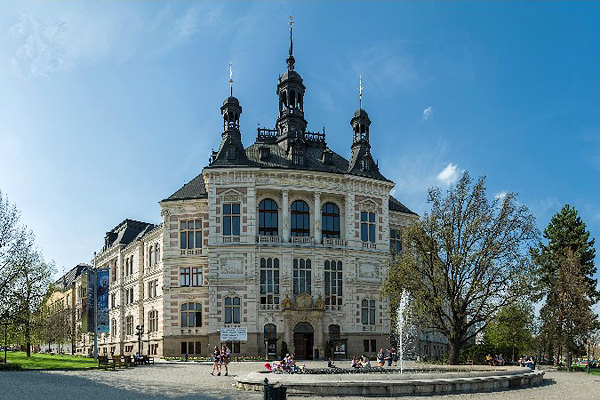Regional Museums
Museum of the Brno Region
Porta coeli 1001, 666 02 Předklášteří
The Museum of the Brno Region was established in the 1960s though the integration of several separate institutions. Today, it consists of six branches, including three museums of local history: the Podhorácké Museum in Předklášteří (*1929), the Museum in Šlapanice (*1934) and the Museum in Ivančice (*1894). The latter museum offers a remarkable collection of works by Ivančice-born Alfons Mucha. The Museum of the Brno Region also operates the Peace Monument on the Austerlitz Battlefield, which commemorates the battle led by Napoleon in 1805 (*1914/1923, designed by architect Josef Fanta). Other sites administered by the museum include the Monument of Literature in Moravia (*2005), the Benedictine Monastery in Rajhrad and the Villa Löw-Beer in Brno (*2015), which belonged to the parents of Greta Tugendhat.
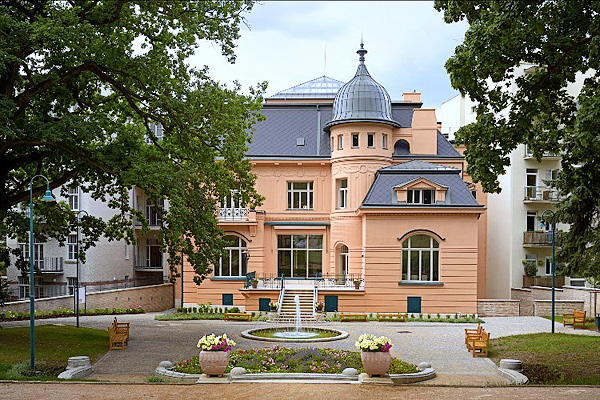
Central Bohemian Museum in Roztoky near Prague
Zámek 1, 252 63 Roztoky
The Central Bohemian Museum in Roztoky near Prague is located on the grounds of Roztoky Castle and Brauner’s Mill. Two permanent exhibitions in the castle building focus on its period of Liechtenstein possession (1623-1803) and the phenomenon of the ‘Roztoky resort’ of summer villas built in the second half of the 19th century. Zdenka Braunerová's Studio presents the personality and work of Braunerová (1858-1934), a painter, graphic artist and book artist. The upcoming exhibition In the Footsteps of Ages will introduce visitors to the museum’s archaeological collections. It will offer a walk through prehistory supplemented by holographic projectionsand video mapping.
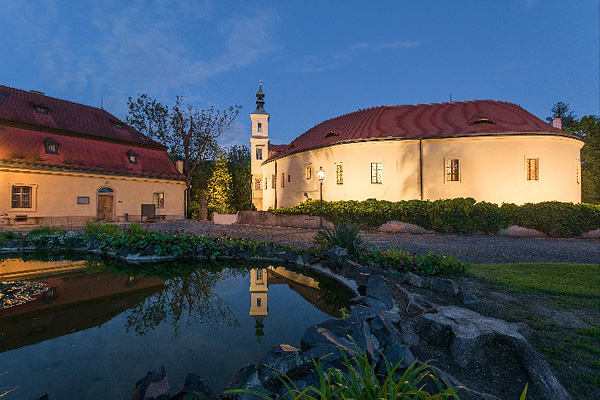
East Bohemia Museum in Pardubice
Zámek 2, 530 02 Pardubice
The first steps towards the creation of a museum in Pardubice were taken in 1880. Forty years later, the Pardubice Museum Association, with the help of the City of Pardubice and other benefactors, purchased Pardubice Castle to house its growing collections. At present, visitors to the ‘museum at the castle’ can enjoy the Knights’ Halls with their beautiful historic murals, as well as eight museum exhibitions. Among the East Bohemia Museum’s most valuable collection items are examples of 20th-century Czech studio glass, as well as historical weapons, postcards and toys. Its numismatic collection includes a very unique find: several hundred Czech denarius (silver coins minted in Bohemia at the end of the 10th century).
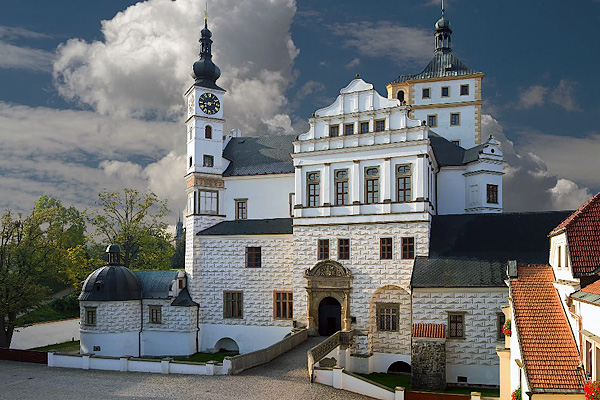
Museum of Jindřichův Hradec
Balbínovo nám. 19/I, 377 01 Jindřichův Hradec
The Museum of Jindřichův Hradec was founded in 1882. It manages unique former Jesuit and Minorite monastic complexes in the South Bohemian town of Jindřichův Hradec. The museum keeps over 70,000 items in its collections, which contain objects of extraordinary historical, artistic and documentary value. The museum’s most famous exhibit is Krýza's Manger, a mechanical nativity scene containing almost 1,400 figures which has been part of the museum since 1935. The institution’s collection of Lada sewing machines, which originated in the region, is also very unique. Additionally, expositions about artist and designer Marie Hoppe-Teinitzer and opera singer Ema Destinová are of international importance.
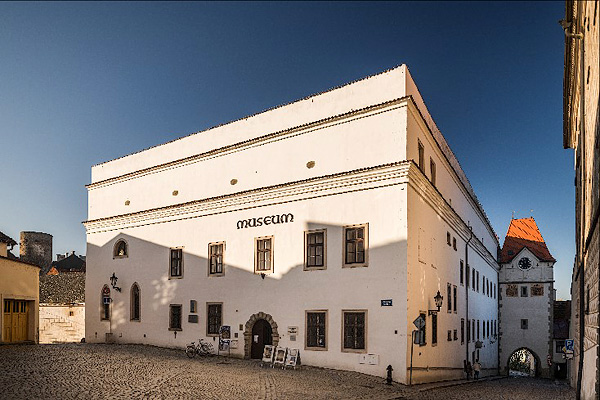
Museum of Beskydy in Frýdek-Místek
Hluboká 66, 738 01 Frýdek-Místek
The Museum Beskyd Frýdek-Místek was established by the Moravian-Silesian Region of the Czech Republic. Its headquarters and exhibitions are situated in Frýdek Chateau, which is open to visitors all year round. The museum offers two permanent expositions, short-term exhibitions, a study library, educational activities such as a senior gymnasium and school tours, as well as a rich cultural program in the form of concerts, theatre performances, festivals and events for families. The museum’s two permanent exhibitions include a guided tour route through the Frýdek Chateau and an exhibition dedicated to the history and ethnography of the Beskydy region. The museum also administrates Hukvaldy Castle.
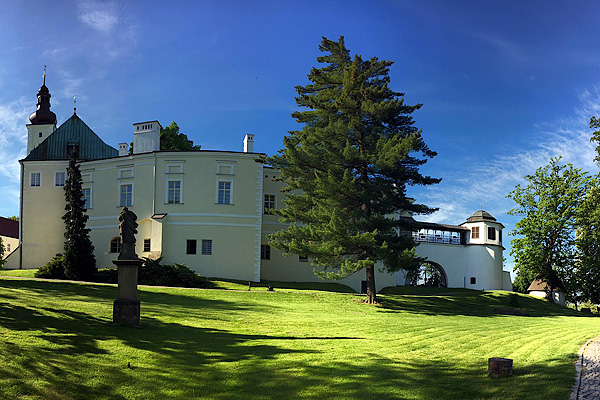
Museum of Eastern Bohemia in Hradec Králové
Eliščino nábřeží 465, 500 01 Hradec Králové 1
On the banks of the Elbe River in Hradec Králové dances a beautiful building designed with loving care by the outstanding Czech architect Jan Kotěra. The institution, founded in 1880, is constantly developing and collecting the memories of Eastern Bohemia with professional interest and youthful enthusiasm. Among the museum’s accounts of science, history and archaeology is the 1866 War Museum at Chlum, a memento of one of the bitterest conflicts of 19th-century Europe. Defeated Austria lost its position in the region, and Prussia embarked on a journey to form a united German state.
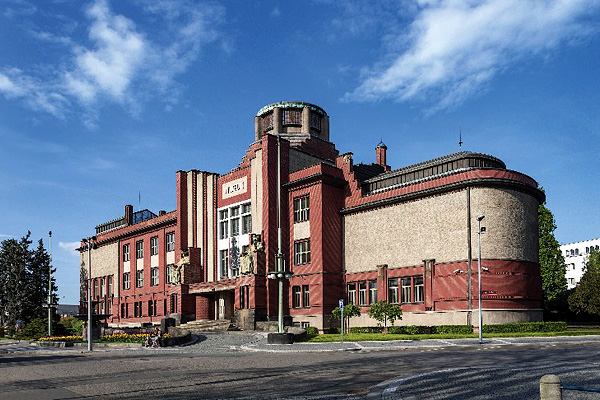
Museum of T.G.M. in Rakovník
Vysoká 95, 269 01 Rakovník
The main collection of the Museum of T.G.M. in Rakovnik is focused on the history, culture, nature and industry of Central Bohemia. Other expositions, located at the Museum of T.G. Masaryk in Lány, are dedicated to the first Czechoslovak president, T.G. Masaryk, and his daughter, Alice G. Masaryková. Numerous other affiliated museums can be found in the Central Bohemian Region. The Museum Nové Strašecí boasts an interesting Celtic exposition, and the Joachim Barrande Memorial in Skryje features the important palaeontologist from whom it takes its name. The National History and Geography Museum in Jesenice showcases the history and nature of the least populated area in Central Bohemia, the former Sudetenland. The Memorial Hall in Nezabudice is devoted to Jaroslav Franěk, a local historical celebrity.
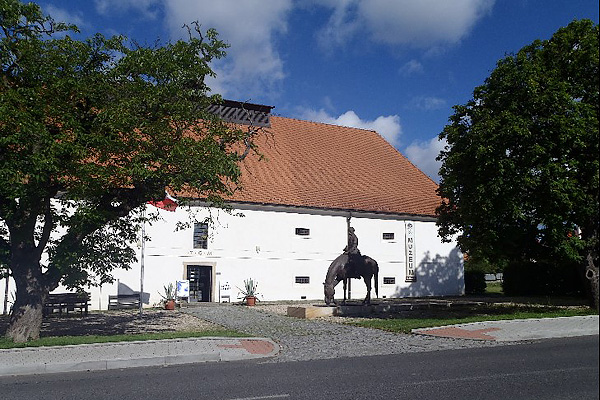
Museum of the Těšín Region
Masarykovy sady 103/19, 737 01 Český Těšín
The Museum of the Těšín Region documents the rich history, natural science and ethnography of the Czech part of Těšín Silesia. Also included in the museum’s portfolio is the Silesian Museum Library and Study Room, the Club of the Museum of the Těšín Region, the Archeopark in Chotěbuz-Podobora, Kotul's Log-Cottage in Havířov, the Memorial to the Životice Tragedy in Havířov-Životice and the newly built Trojmezí Museum in Jablunkov. The museum regularly publishes a peer-reviewed magazine called Těšínsko as well as a number of other publications, and organizes accompanying programs and public events.
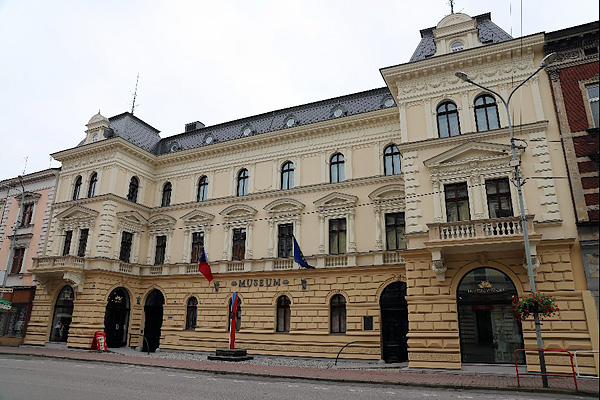
Vysočina Museum Třebíč
Zámek 1, 674 01 Třebíč
Vysočina Museum Třebíč, established in 1898, displays the history and nature of the town of Třebíč and the wider Vysočina Region from within beautiful Waldstein Castle. The museum is famous for its collections of pipes, Moravian moldavite, other rocks and minerals and nativity scenes. It stages annual events such as the Czech Republic Trade Fair of Museums and Pipe Smoking in Třebíč. Visitors to the museum can also enjoy the former Monastery and Basilica of St. Procopius and the Jewish Quarter of Třebíč, which are both included on UNESCO’s World Heritage List.
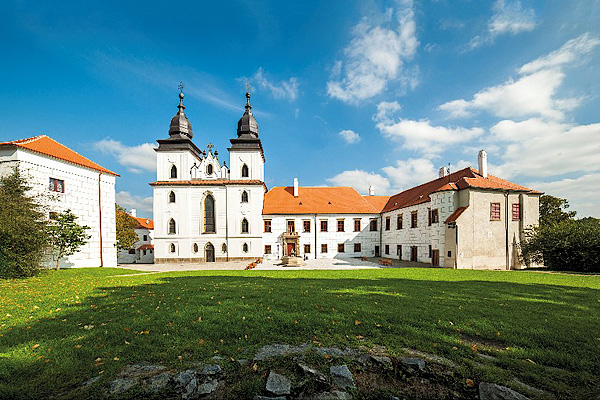
Museum of the Wallachian Region
Horní náměstí 2, 775 01 Vsetín
The Museum of the Wallachian Region identifies itself as a multidisciplinary organization in the fields of social science, natural science and technology. It educates visitors through a multidisciplinary approach that includes exhibitions, expositions, events and publishing activities, including education for children and youth about the environment. The museum cares for a unique collection of furniture made of bent beech wood, as well as tapestries and glass light fixtures. Another museum highlight is a valuable collection of old prints. The museum also has an observatory, which aims to excite public interest regarding astronomy and other natural sciences.
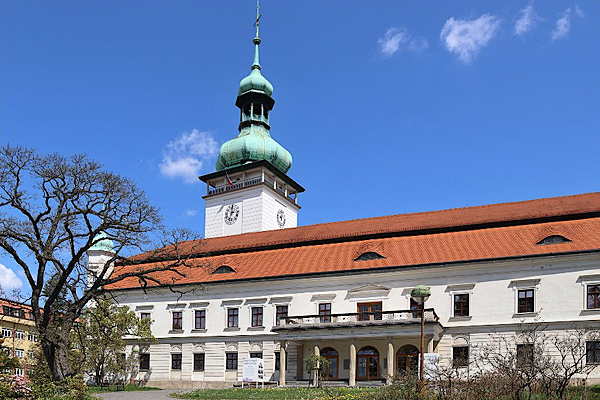
The North Bohemian Museum in Liberec
Masarykova 11, 460 01 Liberec 1
The North Bohemian Museum in Liberec is successor to the original Museum of Applied Arts, established in 1873. The museum’s initial collection was built with a focus on local glass and textile manufacturing traditions, especially in a European context. Among these foundations was a collection containing over 2,500 art objects, donated by textile industrialist and patron Heinrich von Liebieg in 1904. After 1945, the North Bohemian Museum incorporated various regional museums that had closed down, and the institution thus expanded to include natural science, national history and geography.
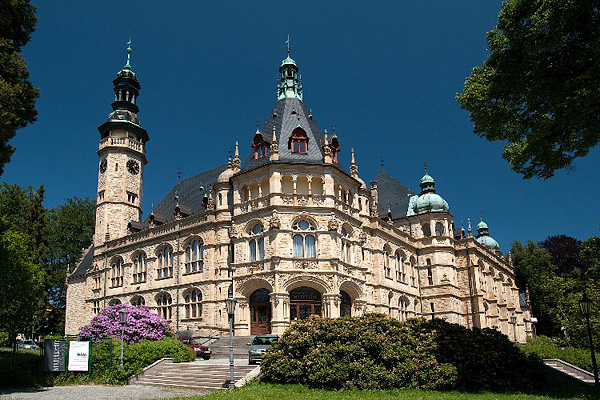
Postal Museum
Nové Mlýny 2, 110 00 Prague
The Postal Museum was the first museum established in the newly created state of Czechoslovakia. It was on December 18, 1918 that the first Czechoslovak postage stamps – the famous ‘Prague Castle’ stamps designed by Alphons Mucha – were issued. The Postal Museum Prague contains a vast collection of Czechoslovak, Czech and foreign stamps. The Postal Museum Vyšší Brod, located in a 13th century Cistercian monastery building, exhibits a collection of items from the history of Czech post office administration, including horse-drawn vehicles, letterboxes, signboards, uniforms and telecommunications technology.
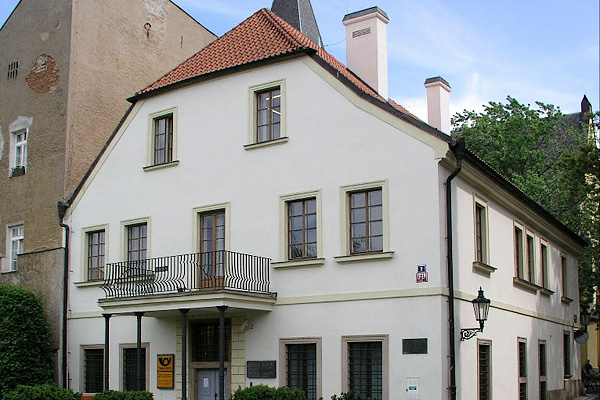
Regional Museum and Gallery in Most
Čsl. armády 1360/35, 434 01 Most
Museum history in the town of Most began in 1888 when, upon invitation from the mayor, a room was set aside for gathering collection items. In 1982, the Regional Museum and Gallery in Most moved into its current location, an architecturally significant former German grammar school. From the beginning, this institution has been collecting historical, scientific and artistic items relating to the wider Most region, as represented by its three geomorphological units: the Most Basin, the Ore Mountains and the Bohemian Central Mountains. Historically, the most important part of the institution’s collection has been the personal estate of Ulrika von Levetzow, the last love of Johann Wolfgang von Goethe. Collections of regional insects, fossils, weapons, textiles, art (including folk art) and handicrafts are also extremely rare and valuable.
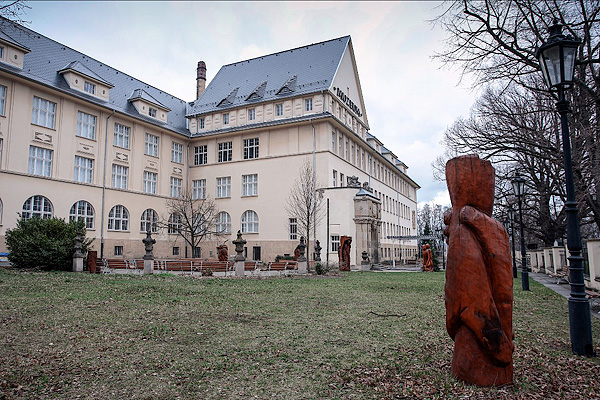
Regional Museum in Český Krumlov
Horní ulice 152
381 01 Český Krumlov
This regional museum, housed in the building of a former Jesuit seminary, offers a comprehensive picture of the history of the city and region of Český Krumlov. Extensive collections in the fields of archaeology, art history, ethnography and pharmacy are enriched by an impressive ceramic model of the historic centre of Český Krumlov – the largest of its kind in the world. On the opposite bank of the Vltava River is Český Krumlov Castle, which is inscribed on UNESCO’s list of World Cultural Heritage Monuments. Additionally, the door to the history and literature of the nearby Bohemian Forest region is opened by another branch of the museum¾the house where writer Adalbert Stifter was born in Horní Planá.
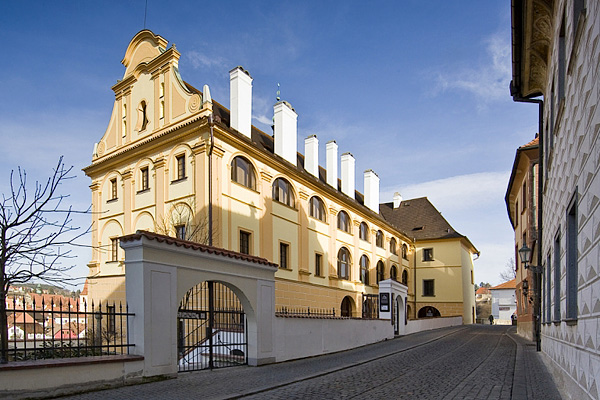
Regional Museum and Gallery in Jičín
Valdštejnovo náměstí 1, 506 01 Jičín
Since the end of the 19th century, the Regional Museum and Gallery in Jičín has been acquiring, preserving and making accessible material evidence of the history of man and his environment. More specifically, its collections and exhibitions capture the historical development and nature of the Jičín District, as well as the southern part of the Bohemian Paradise Geopark. The museum is strongly visitor-oriented, striving to create an environment where the public feels comfortable, and where the absorption of information is not a boring experience, but an unusual and playful one. In fact, the institution calls itself a ‘museum of play,’ where discovering information can be like a game.
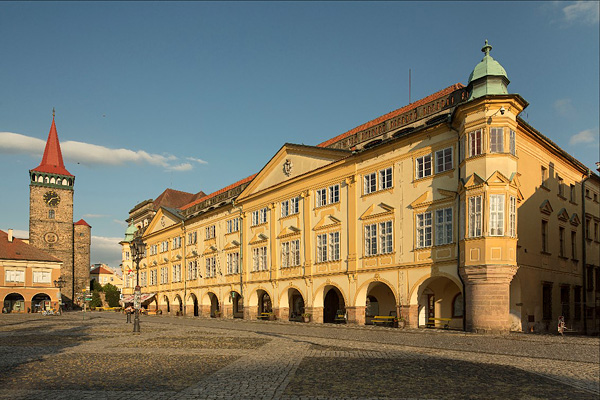
Regional Museum in Jílové near Prague
Masarykovo náměsti 16, 254 01, Jilové u Prahy
The Regional Museum in Jílové near Prague specializes in one of the most valuable of materials – gold. It was founded in 1891 with collections from local patriot and researcher Leopold Čihák. The museum is located in a historic house called ‘Dům Mince’ (in English, ‘the Coin House’), which was built in the mid-14th century. Until 1420, Dům Mince was the seat of the Royal Gold Mining Office, which managed all mining in the lower and middle Posázaví regions. At present, the museum has four permanent exhibitions: History of gold mining and processing; Ora et labora, which focuses on the Benedictine monastery at Ostrov u Davle; History of the region; and Tramping and nature of the lower Posázaví. The museum also operates three nearby galleries where gold was mined in the past: St. Joseph, St. Antonín Paduánský and Halír adit. The first two can be found on marked hiking trails within the educational nature trail Jílovské zlaté doly (Jílové’s Gold Mines).
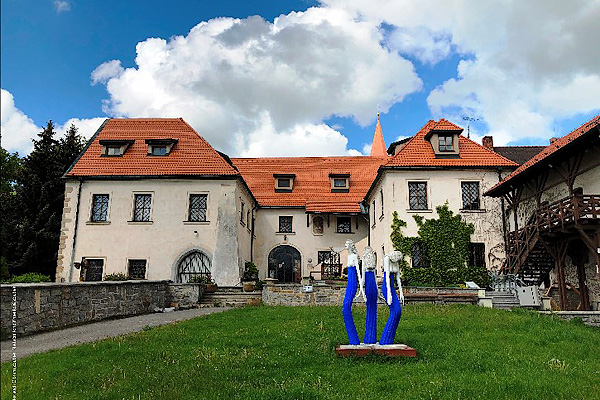
Regional Museum in Litomyšl
Jiráskova 9, 570 01 Litomyšl
The Regional Museum in Litomyšl, devoted to local history and geography, was established in 1891. Its permanent exhibition shows a plethora of unique objects including medieval archaeological finds. The museum also manages the birthplace of famous composer Bedřich Smetana, as well as the Portmoneum, which houses the museum of the painter Josef Váchal. The museum is situated near Litomyšl Castle, a rare Renaissance structure on the UNESCO World Heritage List.
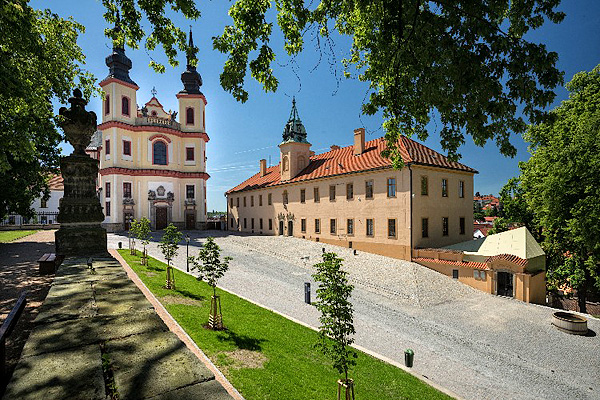
The Museum of Moravian Slovakia
Smetanovy sady 179, 686 01 Uherské Hradiště
Since its foundation in 1914, the Museum of Moravian Slovakia (or Slovácko) has focused its attentions on ethnography and archaeology, and later on fine arts and history. The ethnographic area of Moravian Slovakia is the target of the museum’s research and collection activities. In the fields of archaeology and history, the institution pays special attention to the period of Great Moravia, the first major West Slavic state in the area of Central Europe. The institution’s Home Distillery Museum in Vlčnov represents the production of home-made spirits and other distilled liquors on the Moravian-Slovak border. Part of the European Cultural Route of Saints Cyril and Methodius, the Great Moravia Memorial is also managed by the museum. Since 2010, this memorial in Staré Město has offered a new, multimedia exhibition dedicated to the history of Great Moravia, which is enriched by lectures for the public and teaching programs for youth and students.
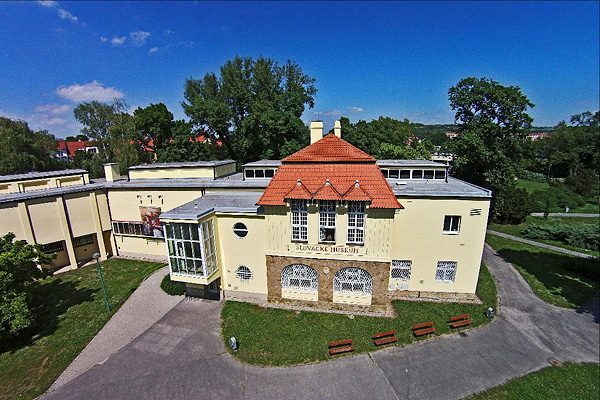
South Moravian Museum in Znojmo
Přemyslovců 129/8, 669 02 Znojmo
One of the oldest museums in its region, the South Moravian Museum in Znojmo was established in 1878 and opened its first exhibition in 1889. Today, it houses 400,000 collection items acquired by research and acquisition activities¾mostly in the fields of natural and social sciences. The institution manages 6 sites in South Moravia: the Minorite Monastery; the House of Art; Znojmo Castle with its Romanesque Rotunda of St. Catherine; a monument to the inventor of the lightning rod, Prokop Diviš, in Přímětice (built before Benjamin Franklin from 1750-1754) and the ruins of Cornštejn Castle near Bítov. Among other duties, the museum library takes care of rare, historic prints from the office of the Premonstratensian Monastery in Louka.
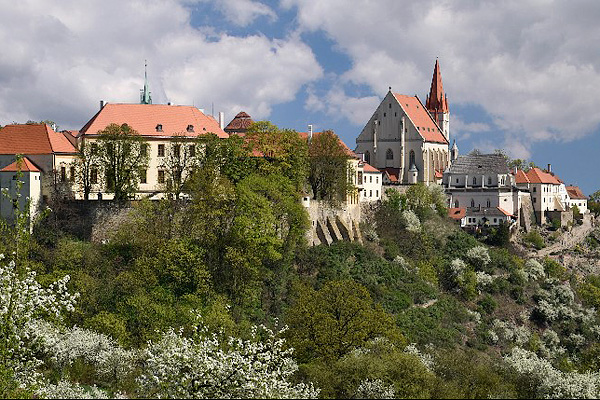
Vysočina Regional Gallery in Jihlava
Komenského 10 and Masarykovo náměstí 24, 586 01 Jihlava
The Vysočina Regional Gallery (OGV) manages more than 6,000 works of art. OGV is housed in two cherished Renaissance burgher houses in the historic centre of Jihlava. Its exhibition, collection, research and publishing activities focus primarily on art from the 19th century to the present day.
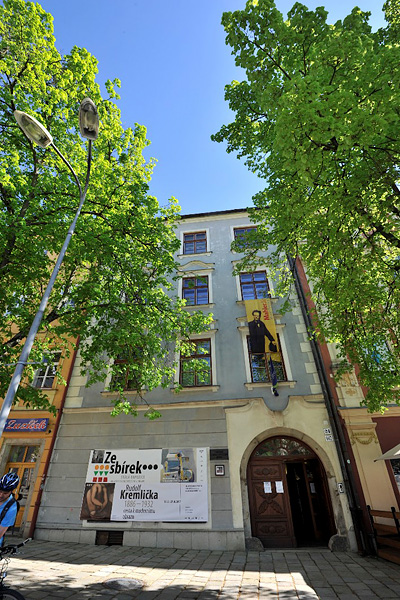
Museum of West Bohemia in Pilsen
Kopeckého sady 357/2, 301 00 Plzeň 3
One of the largest museum institutions in the Czech Republic, the Museum of West Bohemia in Pilsen was established in 1878. It offers seven permanent exhibitions in four museum buildings in Pilsen. Additionally, the museum operates a detached building in Rokycany, the Museum of Dr. Bohuslav Horák. One of the institution’s most unique exhibits is the Municipal Armoury of Pilsen in the museum’s Main Building. The Municipal Armoury is the largest conserved armoury in the Czech Republic. It was established in 1363 by Charles IV, King of Bohemia and Holy Roman Emperor.
